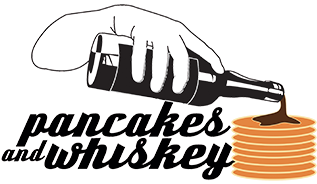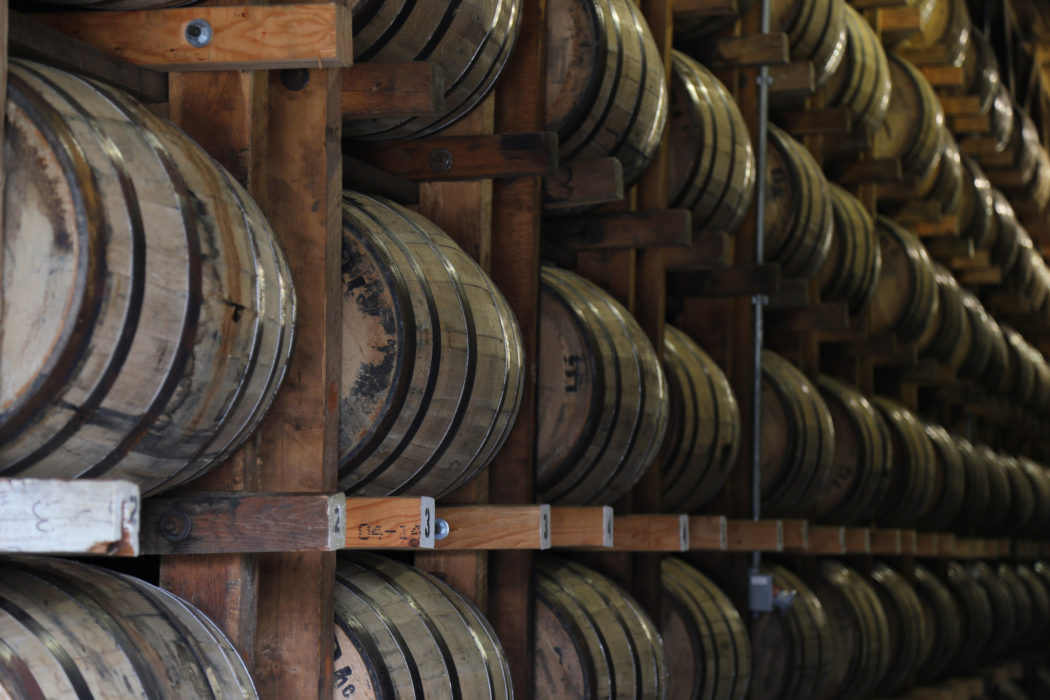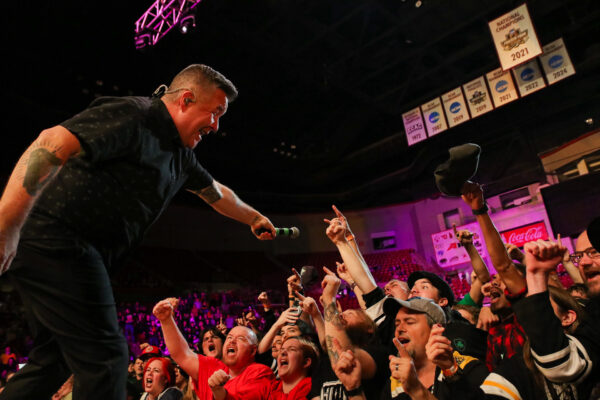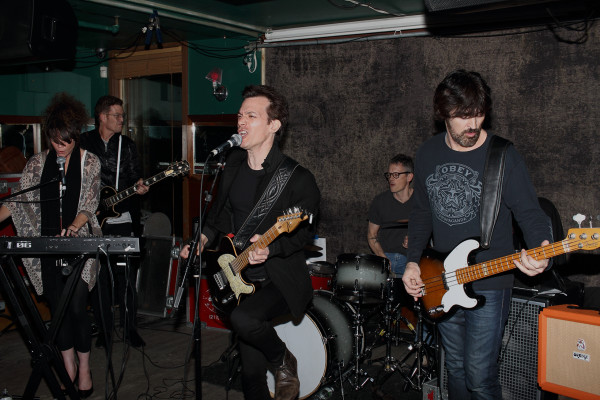Buzzwords help market liquor. “Small Batch,” “Hand Made,” “Craft.” These don’t mean anything legally. They’re words meant to get you to buy that unfamiliar bottle. In the last ten years or so, there have been small distilleries (some call them micro distilleries) popping up all over the nation, making all sorts of liquid courage. Vodka is easy. No age required. Gin is just vodka infused with juniper berries, so that’s easy too. Brandy isn’t too hard. Agave is expensive to import, so no tequila. Bourbon is much harder for the small distillers to make. This is because bourbon needs to age, in large barrels, for a long time.
There are legal and practical barriers for these young “craft” brands to fully age their whiskey. One is that the 53 gallon charred barrels are expensive and hard to find because the older distilleries have long relationships with the cooperage and have first dibs. Also, taxes have to be paid on all aging whiskey stocks (meaning in many cases, they’re paying a tax on something that they haven’t made a profit from yet). So, it’s in many small “craft” producers best interest to use smaller barrels and/or to age them for less time (so that they can start selling them and making a profit quickly). The problem is that whiskey really should age at least six years (ideally more). Their thought is that smaller barrels increase surface area with the distillate inside, and this is true, but it doesn’t work in practice. Here in New York, I know at least two craft distillers who age their juice for less than a year in small barrels. One of them plays sub-bass frequencies to get the juice to move around the barrel. The problem is that it doesn’t taste like Straight-Bourbon should taste (a designation we’ll get to later). Small barrels produce lousy whiskey. Esterification (essentially, the chemical process of alcohol aging) requires time. The only way to make a barrel of whiskey taste like it’s 12 years old is to let it age for 12 years. There is no miracle shortcut. So, the immediate cost for new, smaller producers is high, which is why these days it’s common to see an immature whiskey selling for double what a very fine Elijah Craig 12-year bourbon retails for.
Another way to sell your “craft” whiskey is to be an NDP – a non-distilling producer. This is a company with enough connections or enough cash (usually both) to buy barrels from other larger distilleries. These are labels like Templeton Rye, High West, Bulleit, Michters. This is way more common than you think. There are some NDPs who do a good job about being transparent about where the whiskey comes from, and some like Smooth Ambler or High West do a great job with blending. Many NDPs have started distilling their own juice (see Willet, Ambler, even Bulleit is about to be made in house).
It’s hard to know sometimes where the bottle on the shelf comes from. Often times labels are misleading. The rise locavore economy makes us less excited to buy a bottle from a mass produced giant industrial facility like Jim Beam or Jack Daniels. Wouldn’t you rather buy a “small batch,” “handmade,” “craft” whiskey from a “boutique” distillery just up the road that uses only organic grains, is aged in small barrels (for quicker aging)? Your gut would tell you yes, but your gut is a liar. Until these new distilleries have time to properly age their bourbon in proper 53 gallon barrels, and figure out their winning mash bill, stick with the tried and true. My trip to George Dickel this week reminded me that there are some distilleries that do everything by hand- make small batch whiskey in ten barrel batches- use a tasting panel to decide when it’s ready to bottle – have an actual tradition of distilling that goes back to pre-prohibition, but are still owned by the big guys, still easy to find, still a fantastic value for the price, and have healthy stocks of older whiskey in quality 53 gallon barrels.
Craft is rising, and if that’s your thing, there will be more to get excited about in the coming years as barrels continue to age. Keep on the lookout for Willet and Smooth Ambler’s new expressions that are now just old enough to be released as straight bourbon. But, today, it’s nice to be reminded that while there are the big guys who make a consistent product and ship hundreds of millions of bottles a year, there are also small distilleries like George Dickel at Cascade Hollow who do things the way they’ve always been done, who produce things on a small scale, who fit somewhere between the micro and the macro category, and still have a 17 year-old whiskey for sale in the gift shop. Don’t buy overpriced and underaged booze. You don’t have to.
Article: Tyler Lyle
Cover Image: Jeanne Runkle




